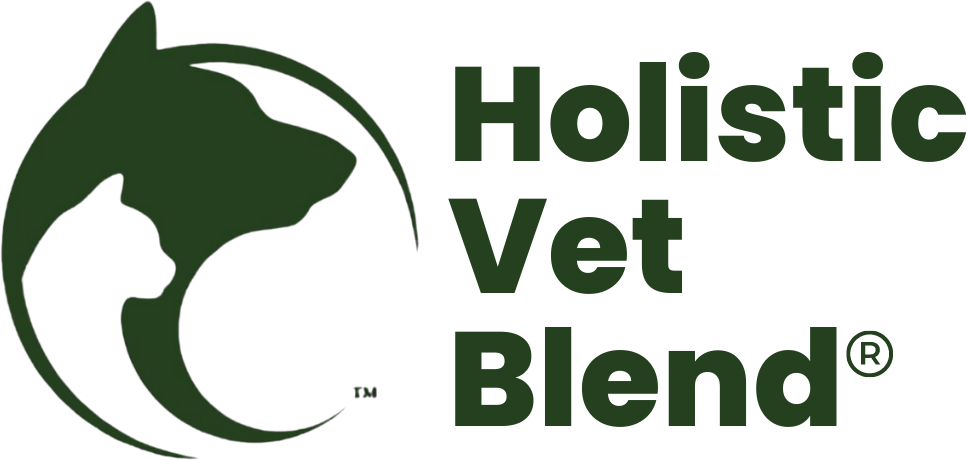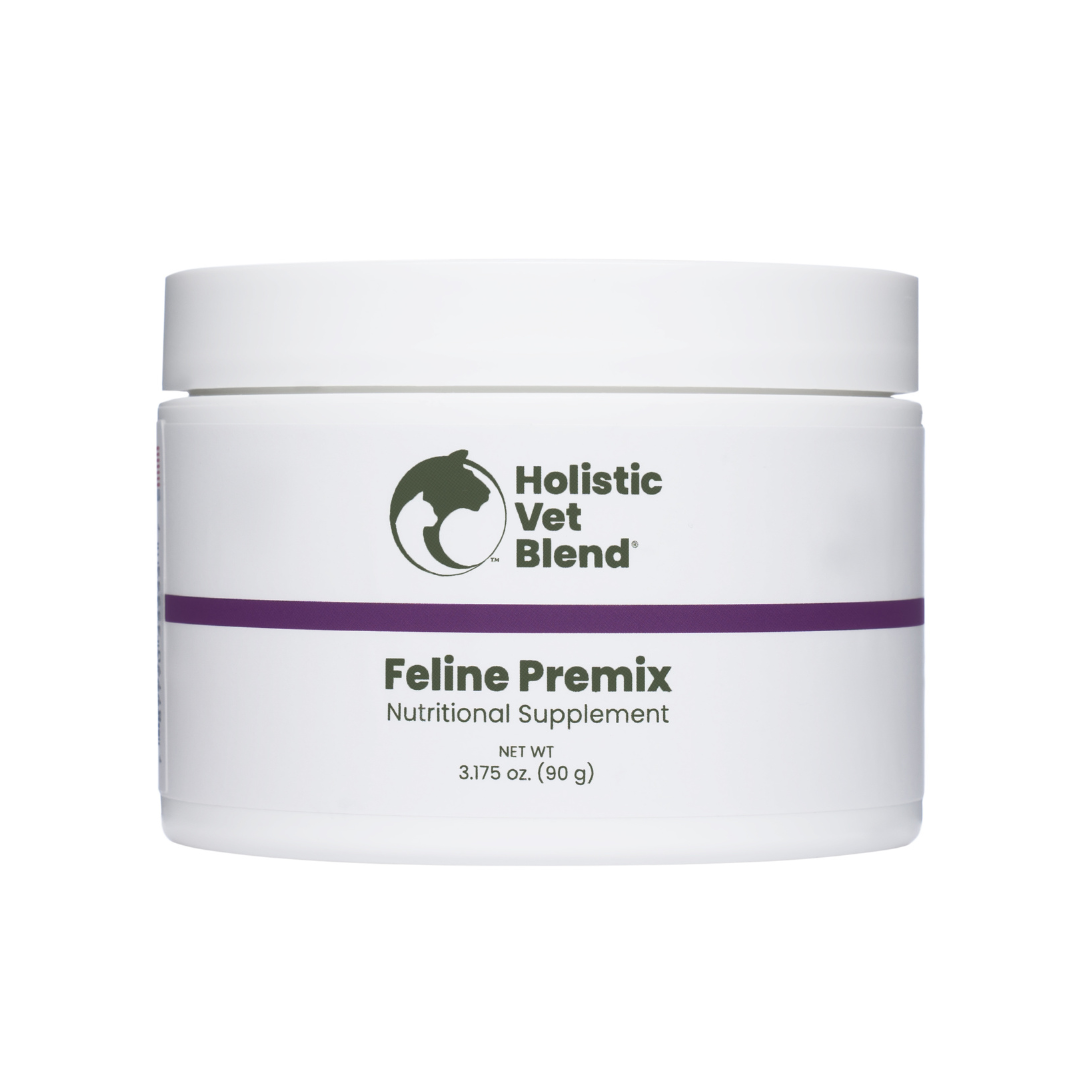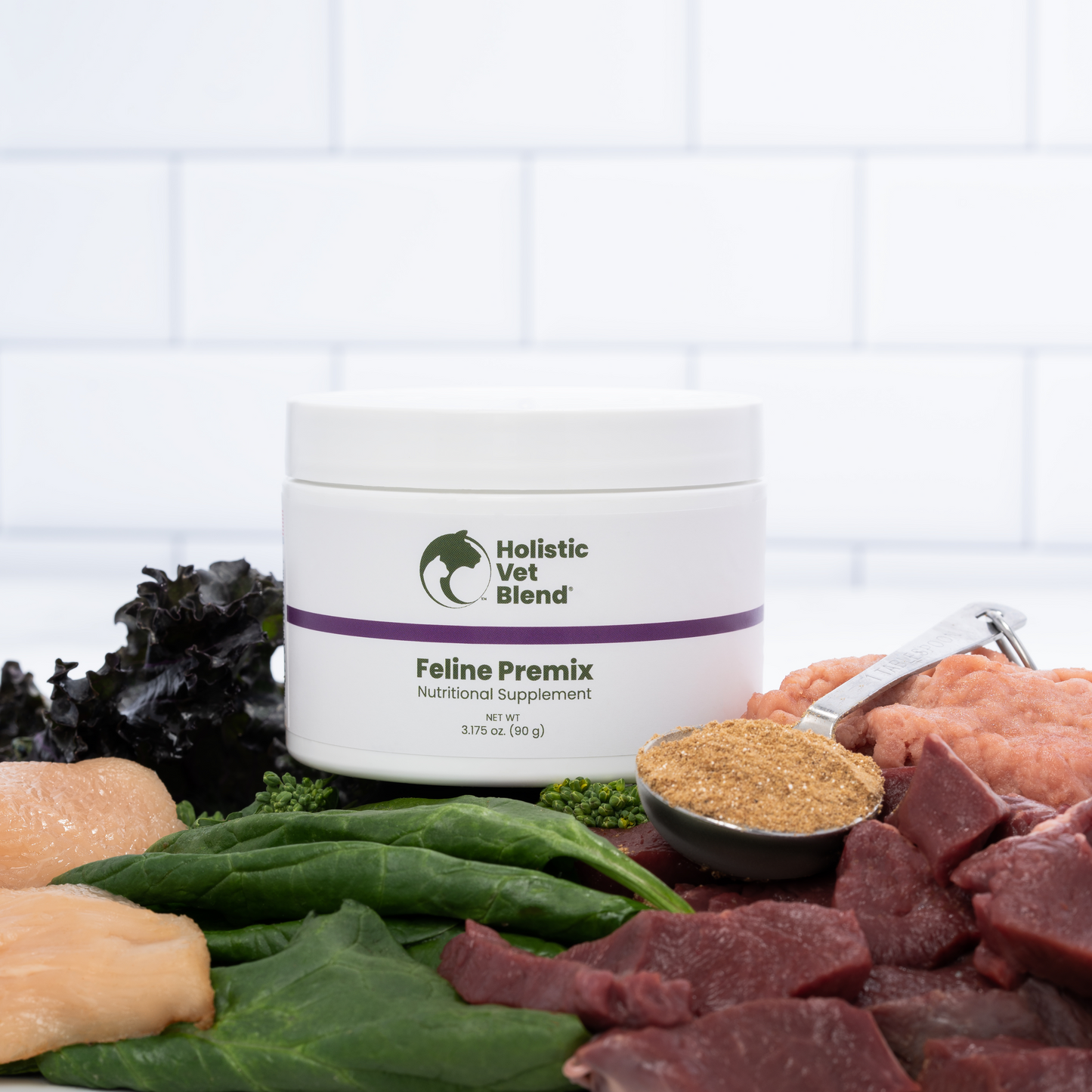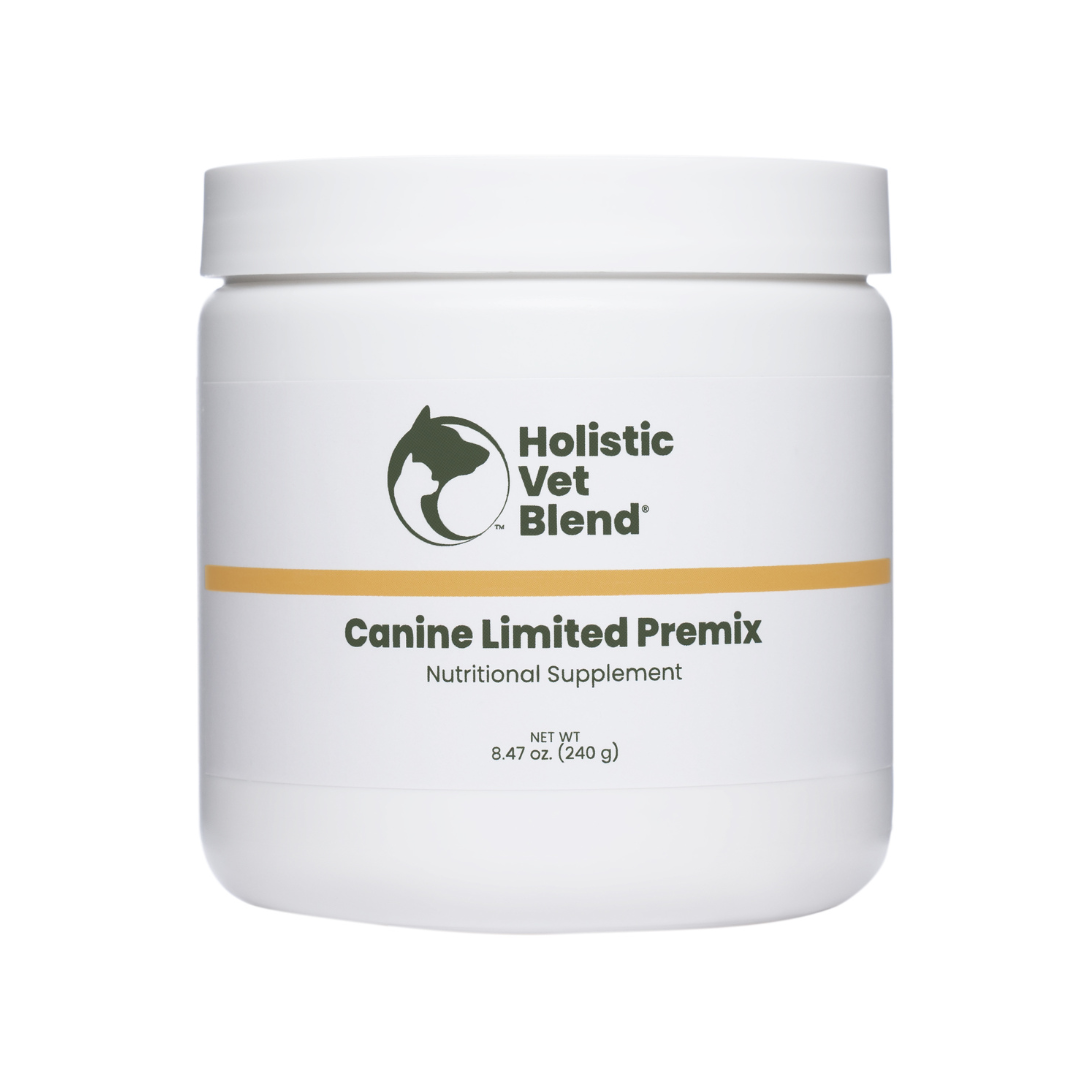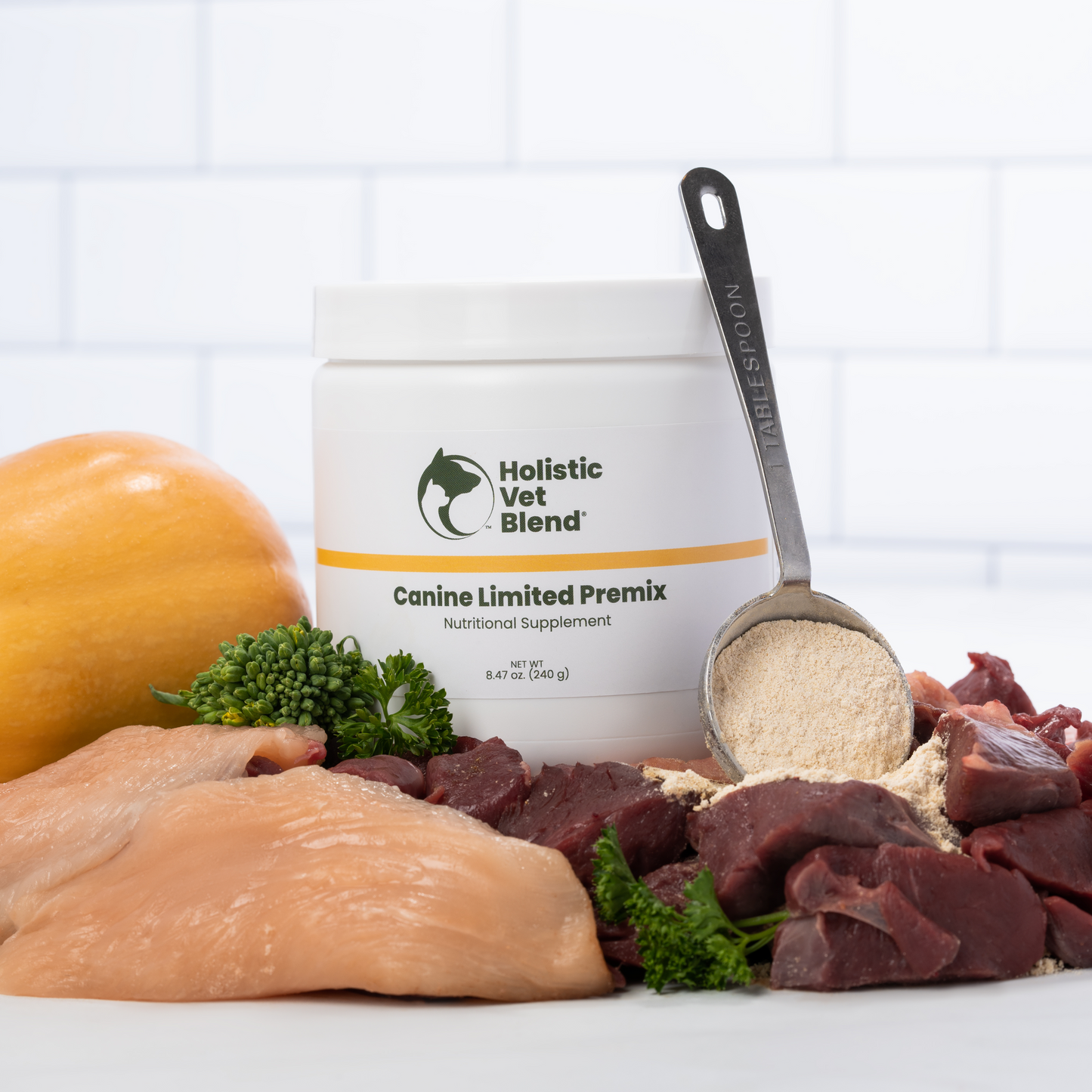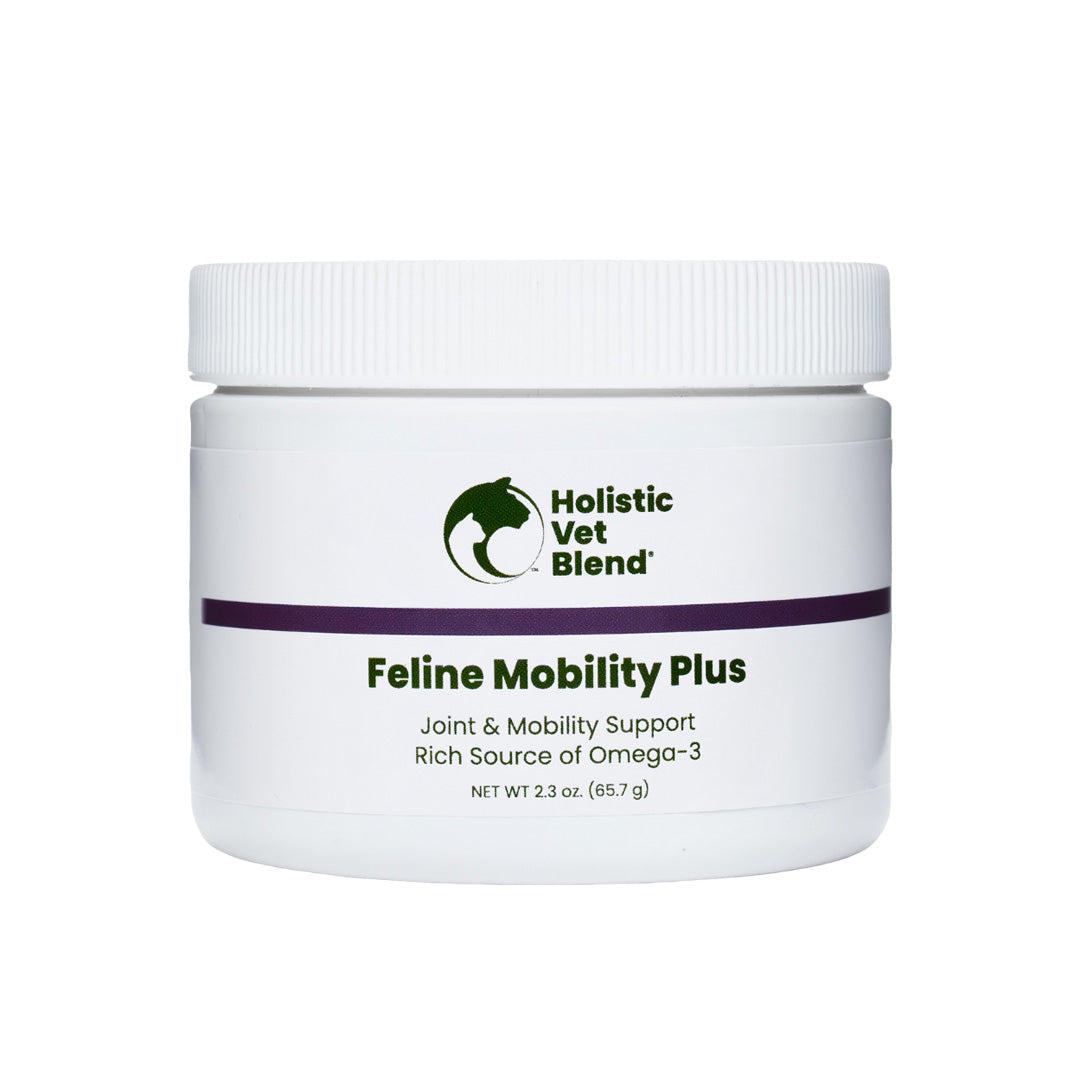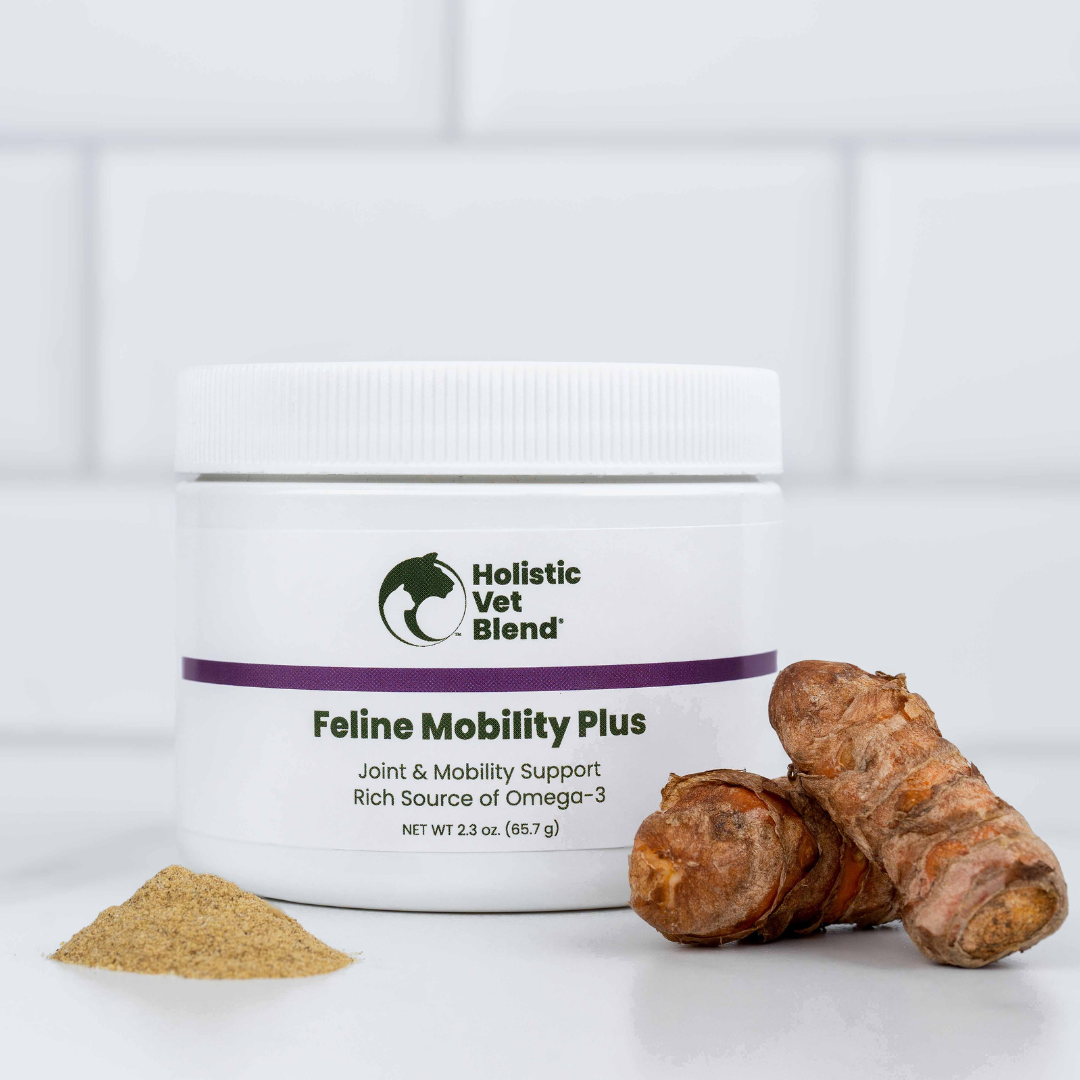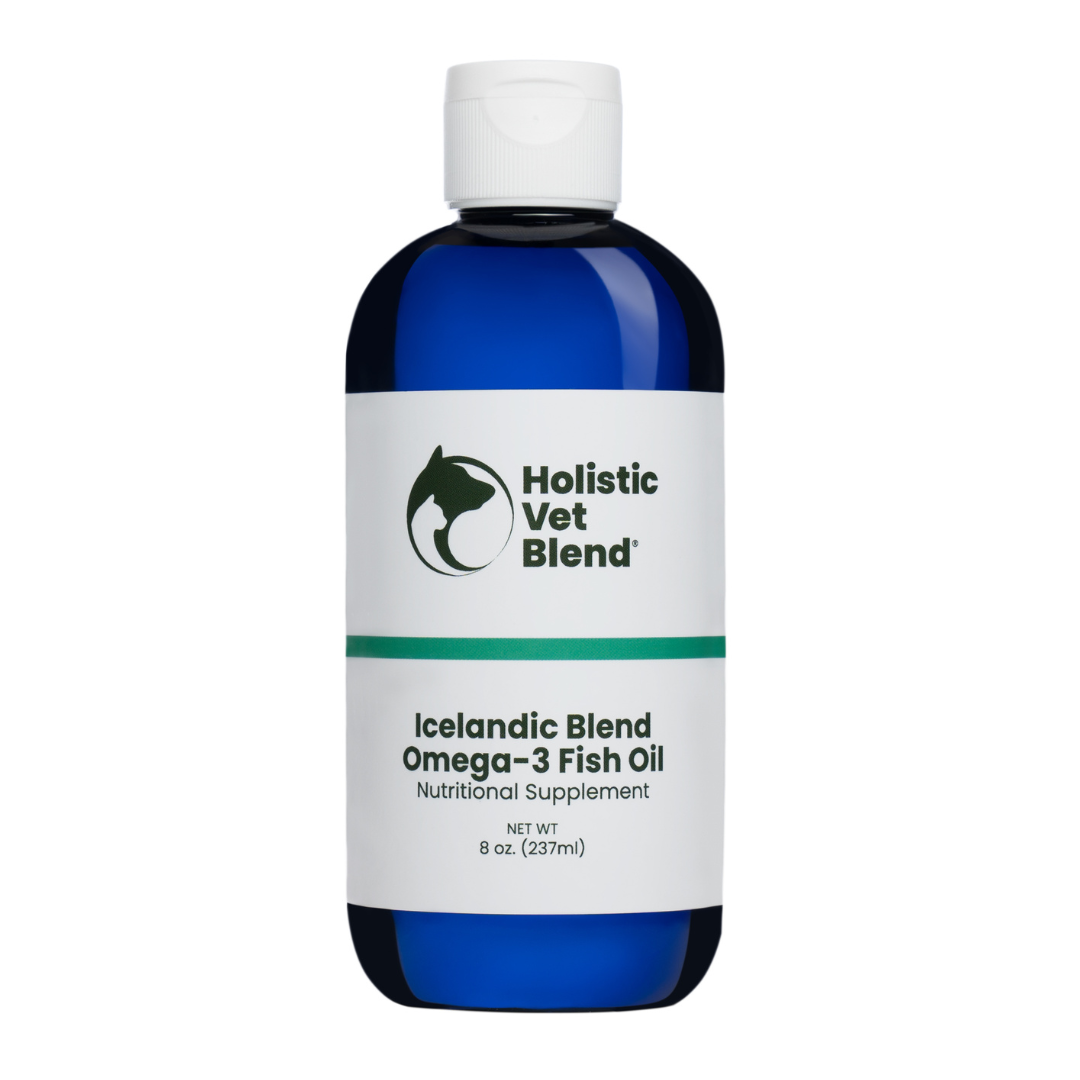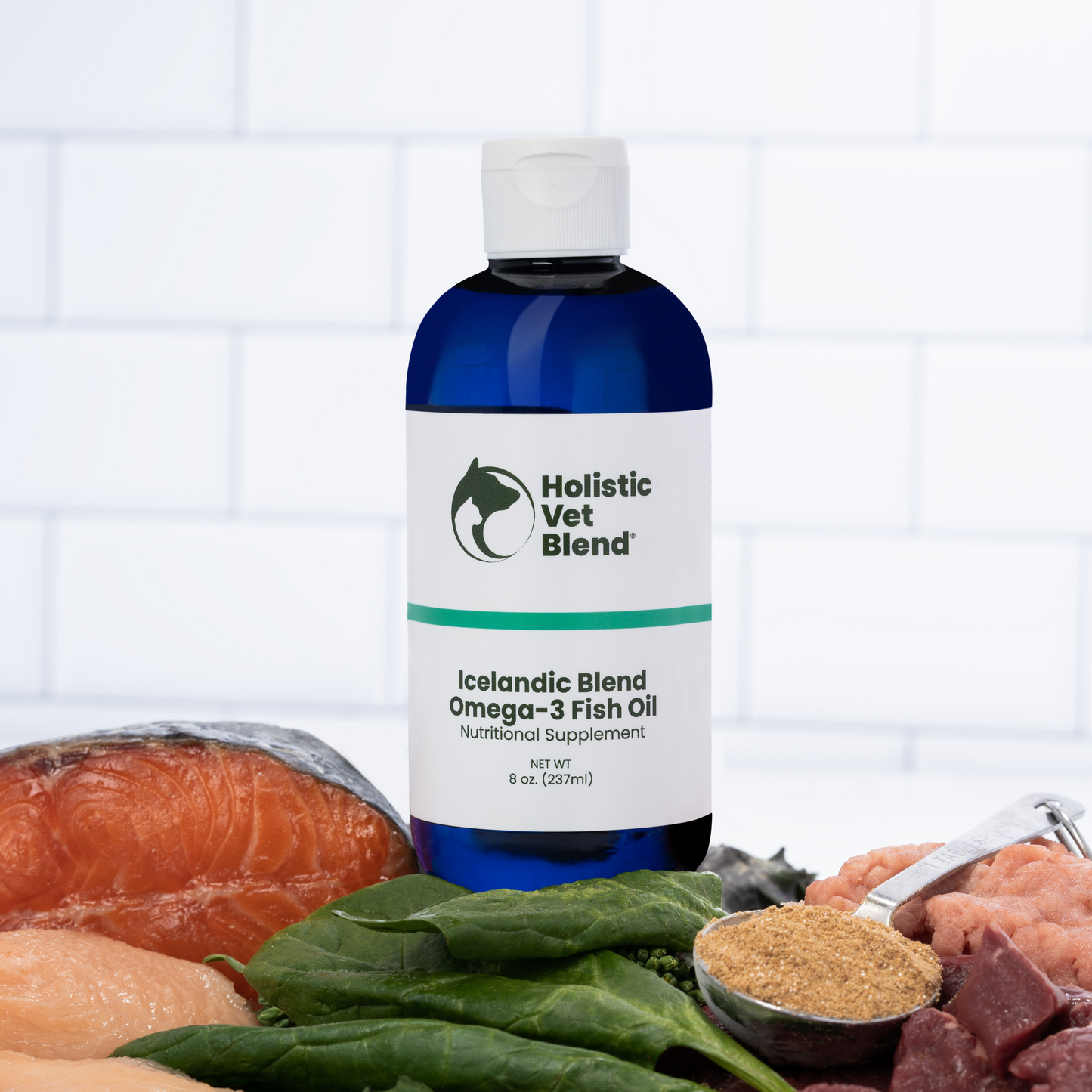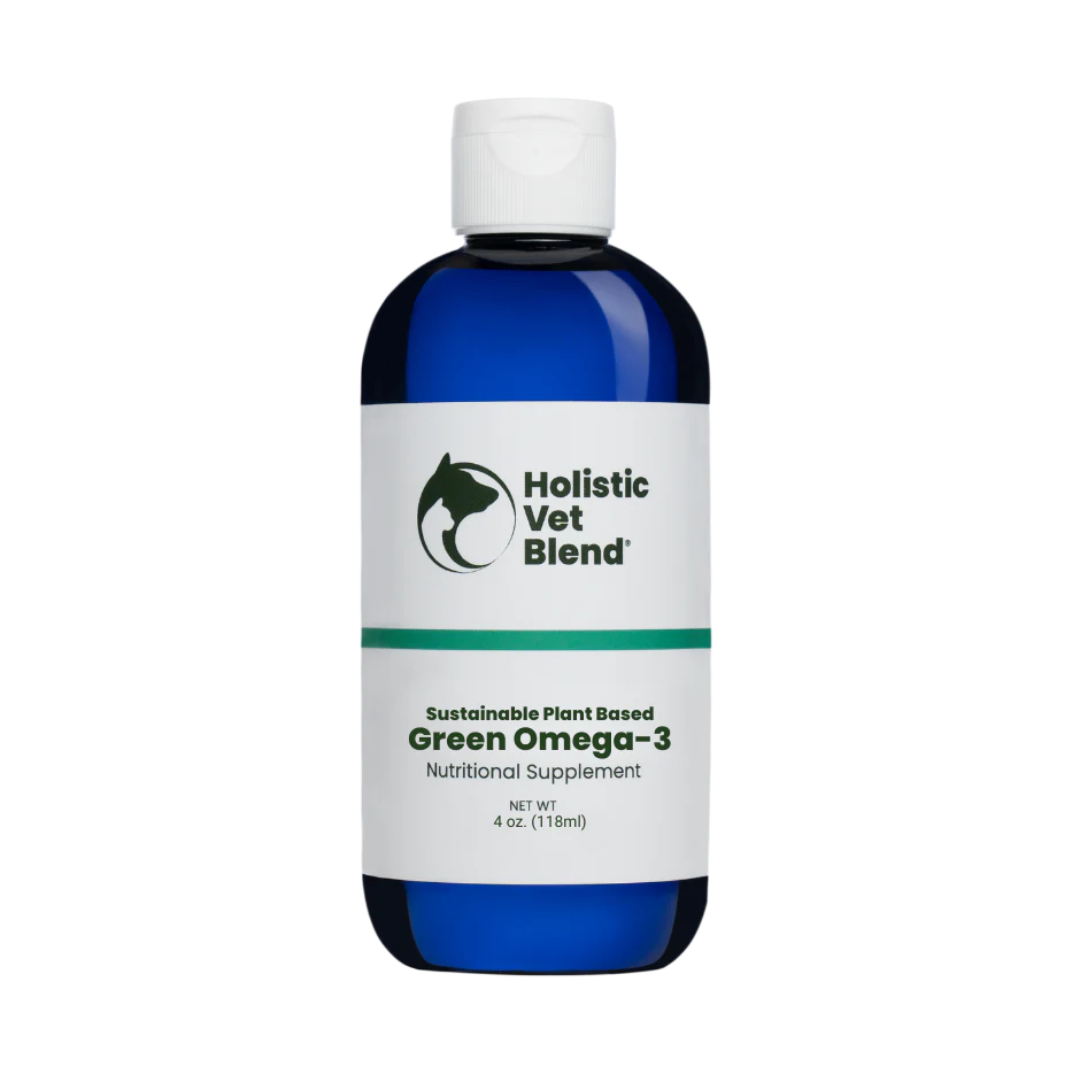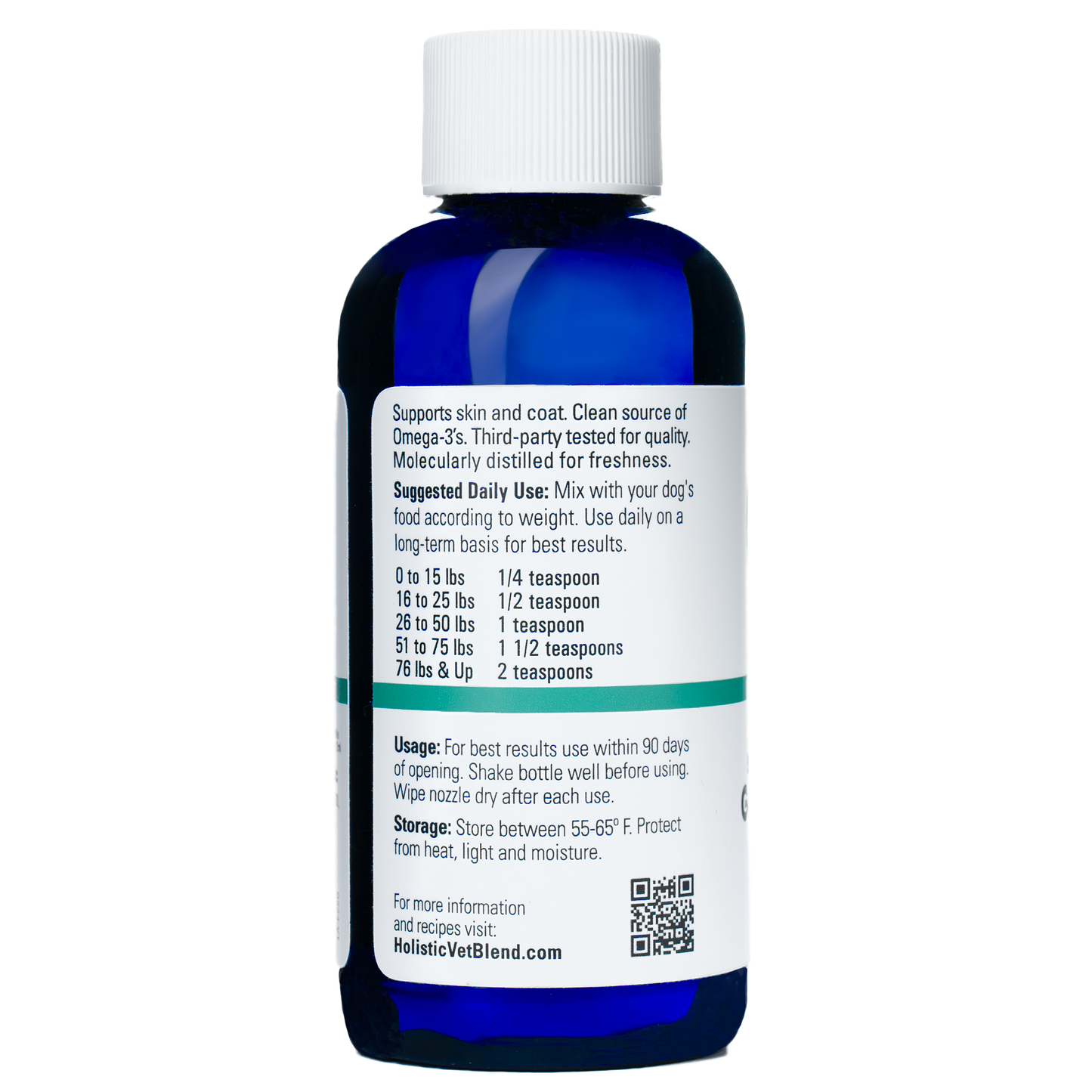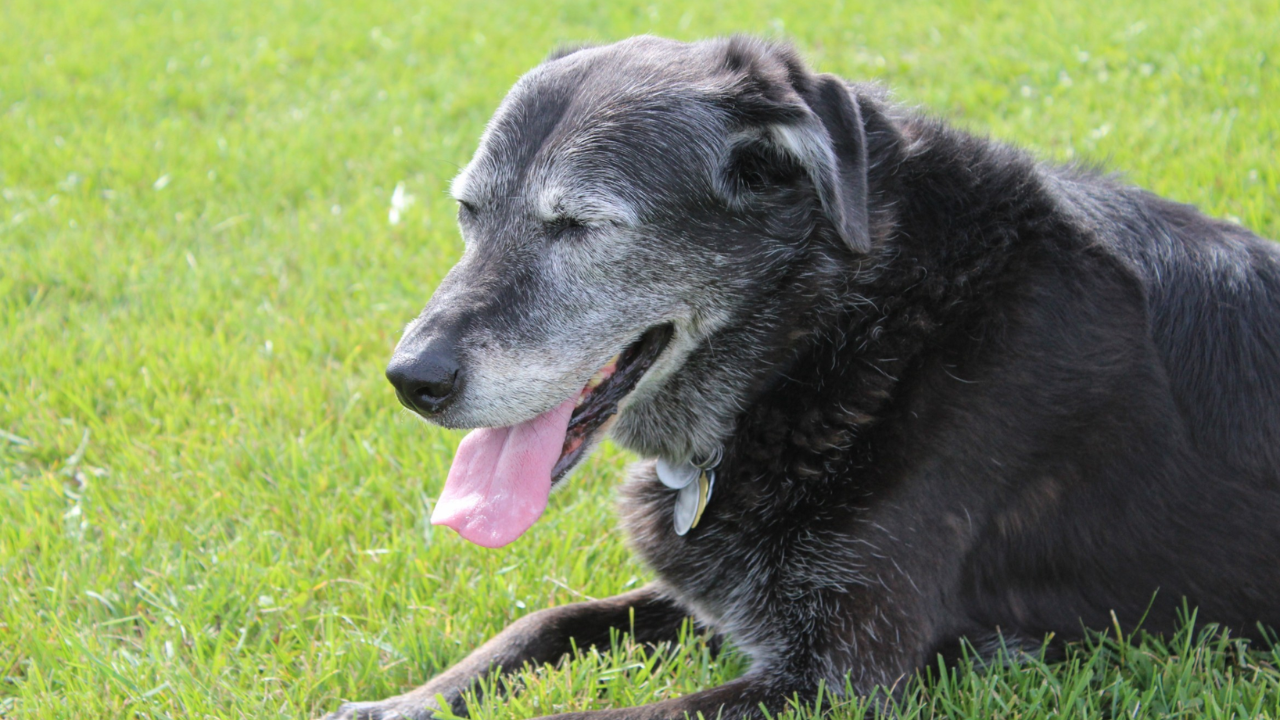
As summer heats up, so do the risks for our senior canine companions—especially those with breathing challenges. If your older dog is panting more, slowing down on walks, or sounding hoarse, it may be more than just aging. These could be early signs of laryngeal paralysis, a condition made even more dangerous in the warmer months.
Let’s break down what laryngeal paralysis is, how it’s linked to a broader condition called GOLPP, and what you, as a loving pet parent, can do to protect your dog this summer.
What Is Laryngeal Paralysis?
Imagine trying to breathe through a straw on a hot, humid day. That’s what it can feel like for dogs with laryngeal paralysis.
The larynx (or voice box) sits at the top of your dog’s windpipe and controls airflow and voice, while also protecting the airway during swallowing. In healthy dogs, the muscles of the larynx open wide when they breathe in. In dogs with laryngeal paralysis, those muscles don’t work properly, meaning the airway doesn't open enough—causing labored breathing, especially during excitement, heat, or exercise.
The condition is most common in older, large-breed dogs—especially Labrador Retrievers, Golden Retrievers, Saint Bernards, and Irish Setters.
What Is GOLPP—and How Is It Connected?
Laryngeal paralysis was once considered an isolated problem. But recent research tells a different story.
In most cases, it’s actually part of a bigger issue called Geriatric Onset Laryngeal Paralysis Polyneuropathy (GOLPP)—a progressive disease affecting multiple nerves in the body. Dogs with GOLPP don’t just lose function in the larynx. They often develop esophageal dysfunction (which can lead to regurgitation and aspiration pneumonia) and later, hind limb weakness or trouble walking.
Think of GOLPP as a slow-moving neurological condition that starts in the throat but eventually affects the entire body.

How Is Laryngeal Paralysis Diagnosed?
Diagnosing laryngeal paralysis involves a combination of:
- Detailed medical history (voice changes, panting, heat sensitivity, exercise intolerance)
- Physical and neurological exams
- Chest and neck X-rays to rule out other causes like tumors or pneumonia
- Sedated airway exam, where a vet visually inspects how the larynx moves during breathing
To confirm the diagnosis, vets may use a short-acting stimulant like doxapram to observe the movement of the vocal folds under sedation. If they don’t open properly, the diagnosis is confirmed.
Why Summer Makes Respiratory Distress Worse
Warm weather puts dogs with laryngeal paralysis at much higher risk. When temperatures rise, dogs naturally pant to cool down—but with a narrowed or obstructed airway, panting becomes inefficient and exhausting. This can lead to overheating, collapse, or even death if not addressed.
Practical Tips for Managing a Dog with Laryngeal Paralysis or GOLPP in Summer
-
Avoid heat and humidity
Walk your dog early in the morning or late in the evening. Use fans, cooling mats, and AC inside. -
Keep your dog calm
Excitement worsens breathing. Avoid high-energy play and keep stress levels down. -
Use a harness, not a collar
Collars put pressure on the throat and can make breathing harder. A front-clip harness is ideal. -
Watch for red flags
Gagging, noisy breathing (stridor), collapsing, or panic when trying to breathe = emergency. -
Have a plan for emergencies
Know the closest emergency vet and keep a list of cooling methods handy (e.g., wet towels, rubbing alcohol on paw pads).
Is there increased risk with surgery?
For severe cases, a veterinary surgeon may perform a unilateral arytenoid lateralization—called the "tie-back" surgery. This is a viable option to improve breathing. This surgery pulls one side of the larynx open to widen the airway permanently. Surgery is recommended when breathing becomes dangerously labored or when quality of life declines due to exercise intolerance or anxiety.
90% of dogs improve in quality of life, but they remain at lifelong risk for aspiration pneumonia—a serious complication where food or water enters the lungs.

Can Supplements Help?
While supplements can’t cure laryngeal paralysis or GOLPP, they can help support nerve health, muscle tone, and overall mobility as the disease progresses.
Consider:
-
Antioxidants like Vitamin which protects nerve cell membranes from oxidative damage. Often used in neurological support protocols.
▸ Dose: ~2–4 IU/lb of body weight daily (check with your vet) - A Fresh diet over an ultraprocessed diet.
- Omega-3 fatty acids like Holistic Vet Blend’s Omega-3 fish oil or Green Omega-3 (anti-inflammatory and supports nerve and joint health)
- B vitamins, particularly B12 and B6 (essential for nerve function)
-
Acetyl-L-Carnitine
Shown to support mitochondrial function and nerve regeneration in some models. -
N-Acetylcysteine (NAC)
Boosts glutathione levels, supports detox pathways, and reduces oxidative stress. -
Coenzyme Q10 (Ubiquinol)
Mitochondrial support that may improve cellular energy and antioxidant capacity. -
SAMe (S-Adenosylmethionine)
Supports liver detox and has neuroprotective and mood-regulating properties. -
Lion’s Mane Mushroom (Hericium erinaceus)
Early evidence suggests it may promote nerve growth factor (NGF) and support neuroplasticity. -
Turmeric / Curcumin
Natural anti-inflammatory and antioxidant; may help with joint and systemic inflammation. -
Boswellia serrata
Shown to reduce inflammation without the side effects of NSAIDs.
The Role of Weight Management
Extra pounds = extra pressure on your dog’s already-struggling airway.
Weight loss is one of the most effective and immediate ways to improve breathing and reduce stress on the body. Focus on:
- Feeding fresh, whole foods in controlled portions
- Avoiding ultra-processed foods and high-calorie snacks
- Including low-impact activity (like slow walks or water therapy)
Holistic Vet Blend’s nutritional premixes can help you prepare complete and balanced meals at home, giving you full control over calories and ingredients.
Long-Term Outlook and Care
GOLPP is progressive, but many dogs live happy and active lives for years with proper management. The key is early intervention, supportive care, and education.
Some dogs may eventually require mobility aids or physical therapy. Gentle swimming, slow walks, and balance exercises can all help delay the effects of neurodegeneration.
Final Thoughts: You’re Not Alone
If your dog is showing signs of laryngeal paralysis or GOLPP, don’t wait until the next heatwave or emergency visit. This is a condition best managed proactively, not reactively.
You can do so much to help your dog breathe easier, move better, and live longer—with a thoughtful plan and the right support.
👉 Subscribe to the Holistic Vet Blend blog for more expert tips on managing chronic conditions, improving nutrition, and helping your pet live their healthiest life—naturally.

References:
(1)Monnet, E., Tobias, K. M., Marolf, A. J., & Twedt, D. C. (2006). Arytenoid lateralization for treatment of laryngeal paralysis in dogs: 47 cases (1995–2004). Journal of the American Veterinary Medical Association, 228(8), 1215–1220. https://doi.org/10.2460/javma.228.8.1215
